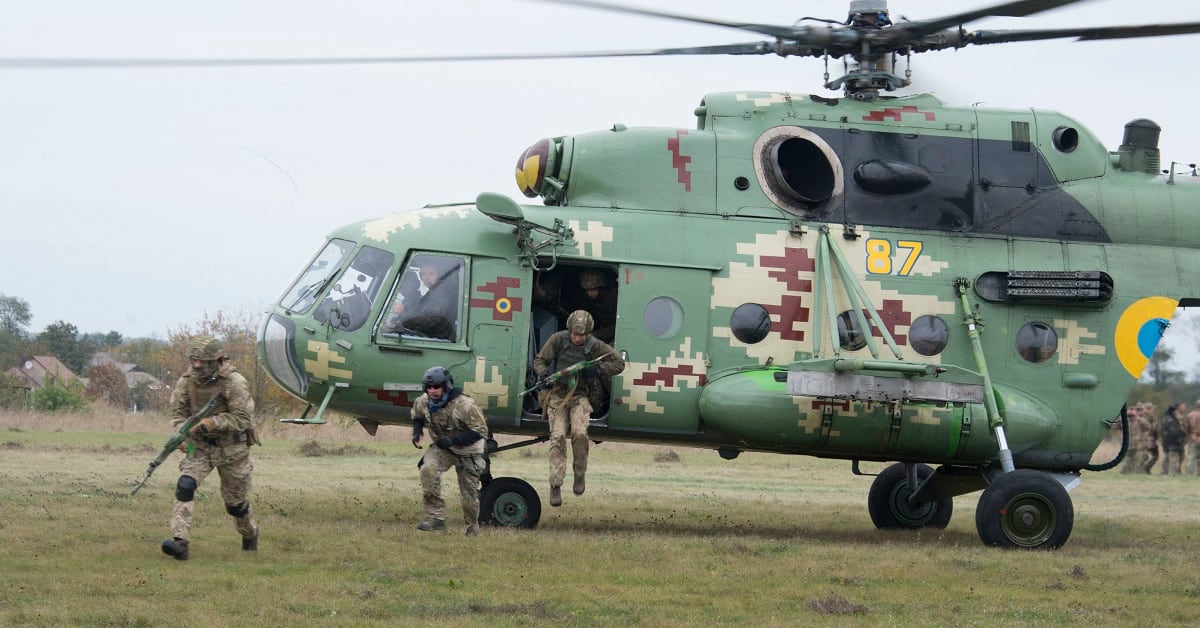The Air Force has been busy in Europe this year, and if the Pentagon’s European Deterrence Initiative funding is any gauge, they’ll remain busy in 2019.
The European Deterrence Initiative, or EDI, began in 2014 — several months after Russia’s annexation of Crimea — to deter Russian aggression against its neighboring countries. The Pentagon requested $3.4 billion in 2017, received $4.8 billion in 2018 and requested $6.5 billion for 2019.
"We are proposing an [EDI] budget that demonstrates the U.S. commitment to NATO,” Gen. Tod Wolters, U.S. Air Forces Europe commander, said during a teleconference hosted from Brussels, Belgium, in July.
A significant portion of that funding will go to Air Force goals.
According to U.S. European Command, those air-oriented needs include retaining F-15C aircraft in Europe, intelligence sharing with NATO and European partners, theater security packages and aviation rotations, air policing and surveillance activities, flying training exercises and airlift support.
The funds will also go toward airfield infrastructure improvements and prepositioning equipment across Europe.

Enhancements to airfield infrastructure and storage capability for U.S. Air Forces in Europe would amount to $363.8 million, according to the Congressional Research Service.
That funding will go to air base improvements in Eastern Europe, including a munitions storage facility at Malacky air base, Slovakia, and a taxiway at Rygge, Norway.
The airfield infrastructure would be key if Russia were to invade West, into the Baltic states for instance, by helping the Air Force respond quickly with a network of airbases to reload, refuel and repair damage.
Additionally, the service is boosting its war reserve materiel, munitions stockpiles designed to last for a theater of operations until resupply at wartime rates is established. In mid-October at Ramstein Air Base, Germany, the Air Force received its largest shipment of ordnance since the bombing of Yugoslavia in the late 1990s.
“A variety of munitions in approximately 100 containers were received,” Auburn Davis, an Air Forces in Europe spokeswoman, told Air Force Times. “For operational security reasons, we cannot discuss specific numbers of items, nor the specifics of the items.”
U.S. airmen also trained across Europe with allies in large-scale exercises like Sabre Strike and BALTOPS that repeat each year, but some exercises marked important new steps.
RELATED

In October, the Air Force held Clear Sky 2018, a large, multinational air exercise hosted by Ukraine.
"It was basically the largest of its kind in Eastern Europe ever,” Lt. Col. Robert Swertfager, the program director for the partnership between the California Air National Guard and Ukrainian Air Force, told Air Force Times.
The exercise paired U.S. airmen with Ukrainians during close-air support missions, cyber defense operations and air sovereignty defense.
Air Force officials who participated in the exercise deemed it a success in paving the way for future cooperation.
The exercise was followed by a sit-down between Air Force Chief of Staff Gen. Dave Goldfein and his Ukrainian counterpart in mid-November, where they discussed their two services' evolving ties and the possibility of Ukraine one day joining NATO.
“Russia’s aggression is not simply a matter for Ukraine,” Goldfein told reporters afterward. “It is a threat to the region, to Europe, to the United States and to the stability of the international order."
Kyle Rempfer was an editor and reporter who has covered combat operations, criminal cases, foreign military assistance and training accidents. Before entering journalism, Kyle served in U.S. Air Force Special Tactics and deployed in 2014 to Paktika Province, Afghanistan, and Baghdad, Iraq.





